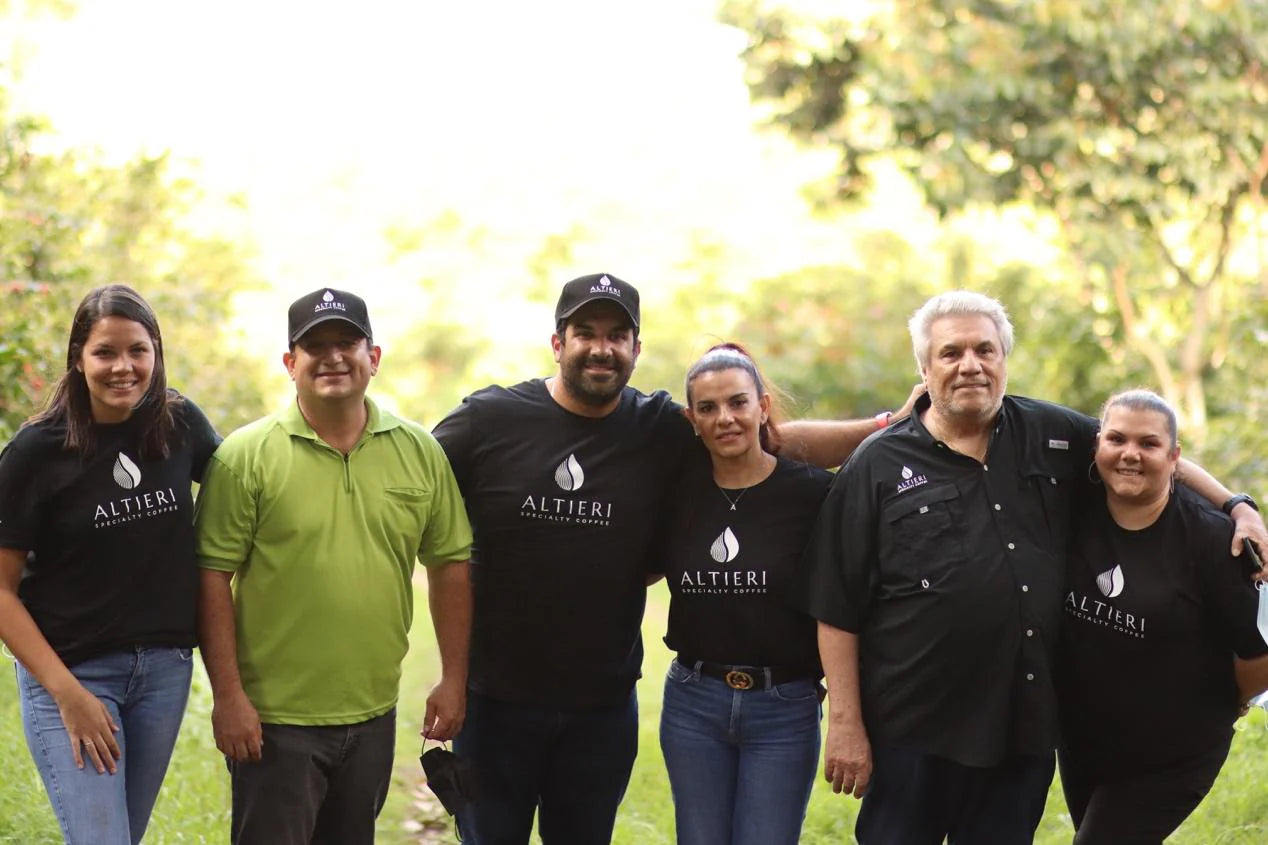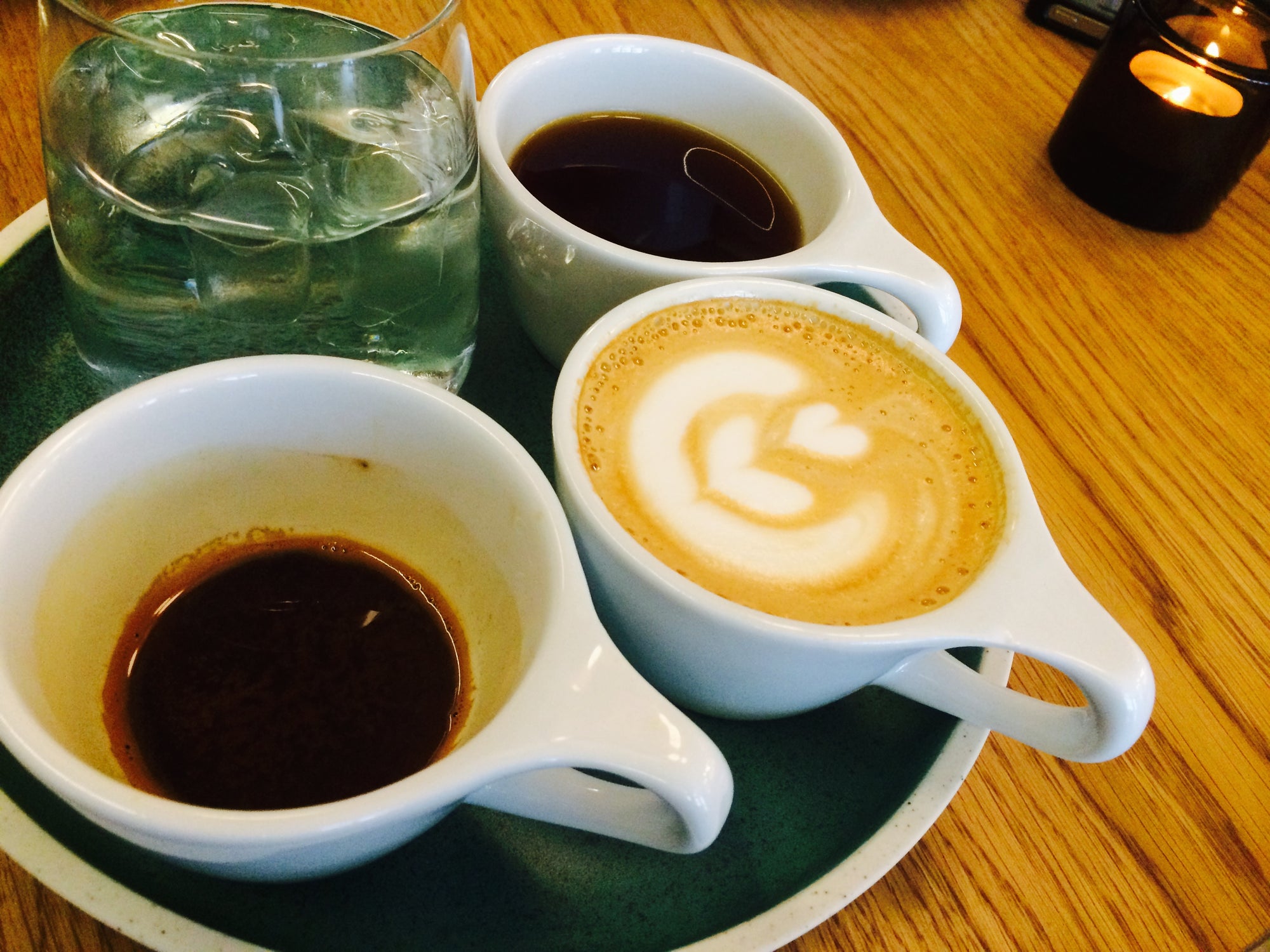



PANAMA Altieri Dilgo Geisha Natural Dry Slow NDSX
Roasting on demand.
Worldwide shipping. Exceptions might apply.
"Altieri pride themselves on producing quality coffees while improving the lives of everyone involved in this process."
- Altieri Coffee Mimas Estate
Summary of producer
Altieri Coffee Mimas Estate

Genesis
| Producer | Mimas Estate |
| Country | Panama |
| Region | Callejón Seco, Boquete |
| Altitude | 1,800-2,200 masl |
| Varietal | Geisha |
| Process | Natural Slow Drying |
| Lot size | 22kg |
| Trade | 98.00 USD/kg |
| Production | 2024 |
| History | Since 2017. Co-producer. |
Sensory
| Aroma | Green grape, Pear |
| Flavor | Chamomile, Orange, Toffee |
| Aftertaste | Oak, Pineapple, Mid intensity |
| Acidity | Green grape, Malic, Mid intensity |
| Body | Juicy, Structured, Elegant |
| Balance | Synergetic |
| Spectra | Red, Yellow, Bronze |
| Evaluation | Hario V60, Ceramic, VCF-01 filter, WBrC One (1:1:1) |
| Quality | 91.75 |
| Style | Traditional |
Made by Panama
Finished in Scandinavia
Finished and shipped from Sweden with standard or express shipment worldwide. Learn more about production cut-offs and shipping here
The price for your shipment is calculated and added to your total during checkout.
Only whole beans are produced and shipped.
Merchandise such as apparel might be shipped separately depending on production. However we do our best to accommodate one time shipment.
We ship to most countries in the world. Exceptions might apply.
Kindly see our terms and conditions, shipping policy.





